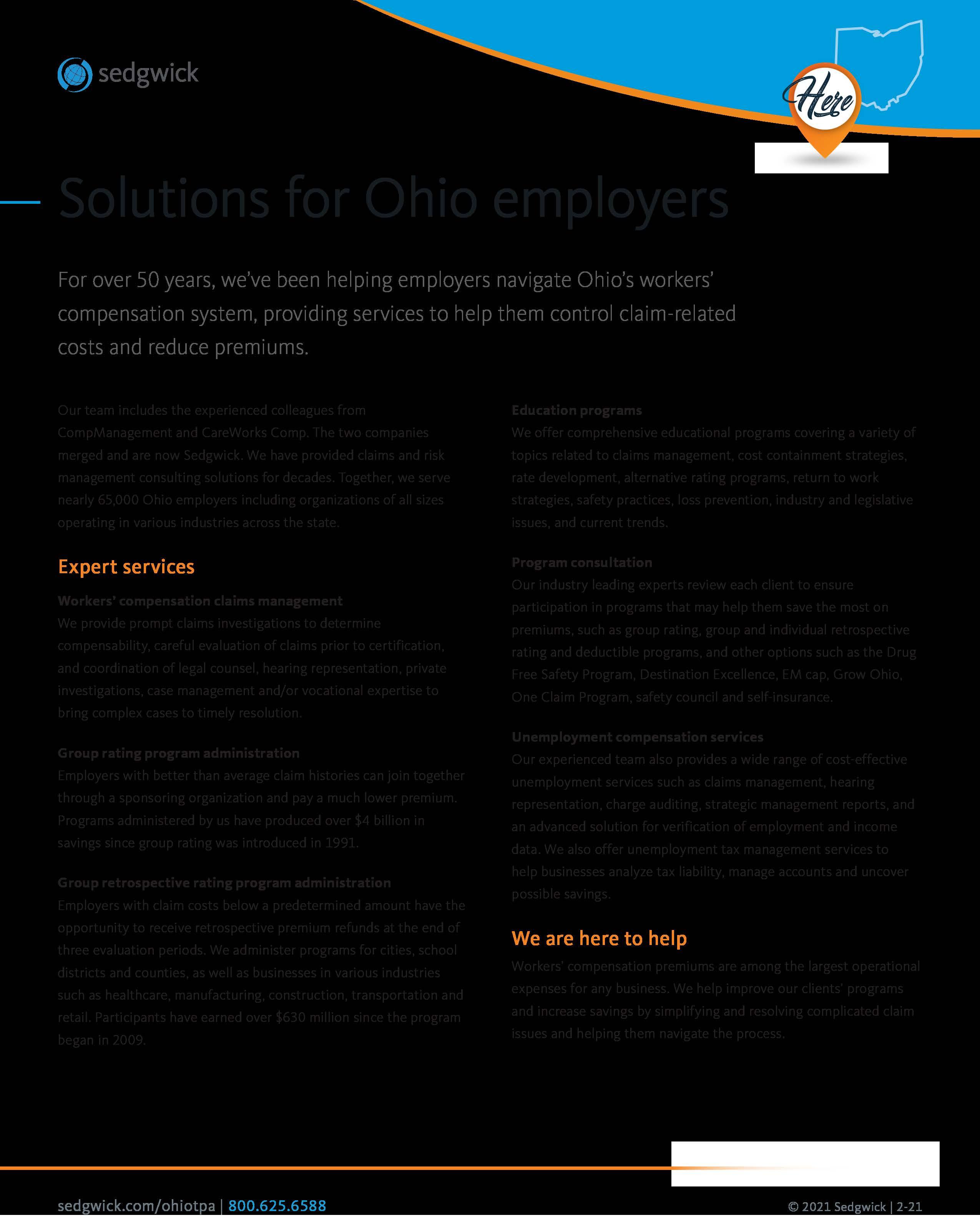
5 minute read
Eye on the Economy The Fed Commits to Aggressive Tightening of Monetary Policy
THE FED COMMITS TO
Aggressive Tightening of Monetary Policy
Following a 25 basis points increase in March, the Federal Reserve’s monetary policy committee unanimously approved a further 50 basis points increase for the federal funds target rate, the largest increase for the rate in more than two decades. The Fed also provided details for its plan to reduce its balance sheet (quantitative tightening), which will further tighten financial conditions. Taken together, these monetary policy moves will produce higher mortgage rates in 2022 and 2023 as the Fed attempts to curb elevated inflation. However, today’s announcement matched market expectations, with some impacts already incorporated in bond rates and prices. Today’s moves were not more hawkish than expected.
Forecasters and the Fed’s own projections suggest an ongoing series of aggressive rate hikes as 2022 progresses. The prior March “dot plot” of Federal Open Market Committee participants’ future policy expectations indicated a median outlook of seven 25 basis point increases in 2022, one at each future meeting, plus an additional three 25 basis points of tightening in 2023. Many forecasters see a more aggressive pace, with some suggesting the Fed could increase by 75 basis points in June. However, Chair Powell appeared to rule that option out during his press remarks, while confirming additional 50 basis points hikes are ahead.
We continue to believe, however, that rate hikes for the end of 2022 and 2023 will be data dependent, as the Fed wants to avoid a recession while tackling inflation. The economy will undoubtedly slow with this expected path of policy. Higher interest rates are also reducing housing affordability and pricing prospective buyers out of an already tight property market.
It is also important to note that there is not a direct connection between federal fund rate hikes and changes in long-term interest rates. Indeed, during the last tightening cycle, the federal funds target rate increased from November 2015 (with a top rate of just 0.25%) to November 2018 (2.5%), a 225 basis point expansion. However, during this time mortgage interest rates increased by a proportionately smaller amount, rising from approximately 3.9% to just under 4.9%.
This week’s Fed announcement also provided details on the its plan for balance sheet reduction. In a phased approach, the Fed will allow a capped level of proceeds from maturing bonds to roll off on a monthly basis. This allows for a partial reduction of assets held by the Fed. Starting in June, the plan will involve a reduction of $30 billion of Treasury securities and $17.5 billion of mortgage-backed securities (MBS). After three months, the monthly cap for Treasury bonds will increase to $60 billion and $35 billion for MBS. Balance sheet reduction has a larger proportional effect on long-term rates, like mortgages. However, this plan matches prior market expectations, so some of the expected market impact is already priced in rates.
BY: NAHB CHIEF ECONOMIST ROBERT DIETZ
The Fed noted that inflation is elevated due to “supply and demand imbalances related to the pandemic, higher energy prices, and broader price pressures.” While this verbiage may incorporate policy failures that have affected aggregate supply and demand, I do think the Fed should acknowledge the role fiscal, trade and regulatory policy is having on the economy and inflation as well. Given this expected path of monetary policy, we reiterate our policy recommendation with respect to a soft landing. Clearly, elevated inflation readings call for a normalization of monetary policy, particularly as the economy moves beyond covid-related impacts. However, fiscal and regulatory must complement monetary policy as part of this adjustment.
Higher inflation in housing is due to a lack of rental and for-sale inventory and cost growth for building materials, lots and labor. Higher interest rates will not produce more lumber. A smaller balance sheet will not increase the production of appliances and materials. In short, while the Fed can cool the demand-side of the economy, additional output on the supply-side is required in order to tame the growth in costs that we see in housing and other sectors of the economy. And efficient regulatory policy in particular can help achieve this goal and fight inflation.

GET UP TO $5,400
TO GET THE JOB DONE

Shown with equipment from independent suppliers which is not covered by the GM New Vehicle Limited Warranty. GM is not responsible for the safety or quality of independent supplier alterations.
USING THE PRIVATE OFFERS1 FOR NAHB MEMBERS IS EASY:
1.Get your NAHB proof of membership. 2.Visit your local Chevrolet, Buick or GMC dealer and mention this Private Offer. 3.Select an eligible vehicle(s) to purchase or lease and present your NAHB proof of membership.
For even more value, combine this offer with the National Fleet Purchase Program and Business Choice Offers. For full details on the Private Offer, NAHB members should visit nahb.org/gm.
Example offer for NAHB members who are business owners purchasing a 2021 Chevrolet Silverado 2500 HD Crew Cab 1LT 4WD.
Up to
$1,000
Private Offer 1
+ $3,400
National Fleet Purchase Program (FVX)2
Up to
+ $1,000 =
Eligible Accessory Cash Allowance3, 4
Up to
$5,400
In Potential Value
1Private offer amount varies by model; up to $500 offer for retail delivery and up to $1,000 offer for fleet deliveries. Valid toward the purchase or lease of eligible new 2020, 2021 and 2022 model year vehicles. Customer must take delivery by 1/3/2022. Not compatible with some other offers. Not valid on prior purchases. Excludes all Cadillac vehicles; 2020 Buick Cascada, LaCrosse, Regal and Verano; Chevrolet Colorado 2SA, Sonic, Trax, Volt and GMC Canyon 2SA; 2020-2021 Encore 1SV; Chevrolet Blazer, Camaro, Corvette, Equinox 1SM, Malibu 1VL, Traverse 1L0; GMC Acadia 1SV and Terrain 2SA. Additional GM models may be excluded at GM’s sole discretion. See dealer for details. 2Offer available to qualified fleet customers through 1/3/2022. Not compatible with some other offers. Take delivery 1/3/2022. See dealer for details. 3To qualify, vehicle must be used in the day-to-day operations of your business and not solely for personal/ non-business-related transportation purposes. Must provide proof of business ownership. For complete program requirements, including information regarding offers, vehicles, equipment, options, warranties and ordering, consult your dealer or visit gmbusinesschoice.com. 4Eligible purchases must be equal to or greater than the amount of the cash allowance. Accessory Cash Allowance requires purchase of the eligible accessories from your dealer.









